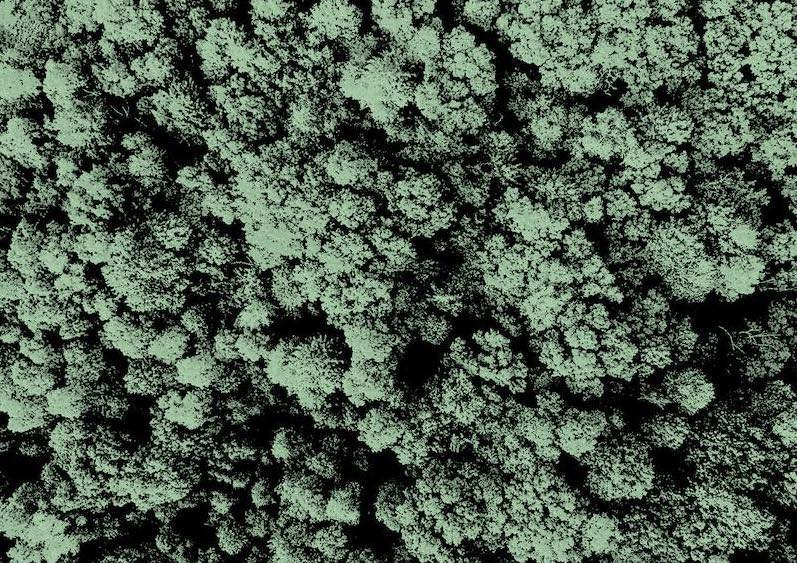What is it about?
Using the IUCN Red List of Ecosystems criteria, the global standard for assessing the risk of ecosystem collapse, the paper showcases a continental assessment of 136 types of tropical and temperate forest ecosystems in the Americas region (from North to South America, including the Caribbean). Twelve forest types are considered Critically Endangered (CR), the highest category of risk. Six of these are located in biodiversity hotspots in Brazil, Colombia and Ecuador, with other forest types located in less diverse regions of the continent. For this research, we considered six indicators that evaluate the spatial and functional symptoms of collapse, across three time frames (historical, present and future). Findings show that most forest types are threatened by declines in distribution (e.g. deforestation and land use change), but degradation and functional decline are equally or more relevant for 40% of them. Some American forest ecosystems are threatened by historical land uses that are no longer active, while a similar number are threatened by emerging changes in land use or climate. Others, including the Tropical Seasonally Dry Forests have a long and ongoing trajectory of decline driven by multiple threats.
Featured Image

Photo by Seth Cottle on Unsplash
Why is it important?
This is the first systematic ecosystem risk assessment that integrates multiple threatening processes at continental scale, and the first to couple risk assessment with a scenario analysis to identify cost-effective options for conservation action to reduce the risks
Perspectives

Based on our findings, the risk of collapse of forest in the Americas is widespread and affects all regions of the continent. All countries are and will face important conservation challenges. Our approach provides the necessary tools for estimating optimal conservation strategies as a trade-off between potential benefits and costs
Dr. Jose R. Ferrer-Paris
University of New South Wales
Read the Original
This page is a summary of: An ecosystem risk assessment of temperate and tropical forests of the Americas with an outlook on future conservation strategies, Conservation Letters, January 2019, Wiley,
DOI: 10.1111/conl.12623.
You can read the full text:
Resources
- Press Release
The first continental Red List of Ecosystems assessment for the Americas is completed
According to the first continental ecosystem risk assessment of temperate and tropical forests of the Americas, more than 80% of these forest ecosystems in the Americas are threatened.
- Press Release
Analysis: 85% of Forest Throughout the Americas Is Threatened
New analysis published today in Conservation Letters shows that drastic measures must be taken in order to protect naturally forested areas throughout North, Central, and South America, as well as the Caribbean
- Related Content
El bosque seco de la Caatinga: En Peligro Crítico
Contribuciones sobre estudios de caso del análisis continental.
- Project
ScienceOpen Collection: Red List of Ecosystems
The IUCN Red List of Ecosystem proposes an assessment protocol for ecosystem based on the definition of risk of collapse. This collection includes: theoretical and conceptual developments of the concept of ecosystem collapse and its implication for assessment, practical recommendations and case studies of assessments, and examples of systematic application of the assessment protocol at different geographic or thematic scales.
- Data
IUCN Red List of Ecosystem assessment results for IVC Forest Macrogroups in the Americas region
Tables summarizing the results of the IUCN Red List of Ecosystems assessment of 136 tropical and temperate (excluding boreal) forest Macrogroups (sensu International Vegetation Classification system) in North, Central, South America and the Caribbean.
Contributors
The following have contributed to this page







